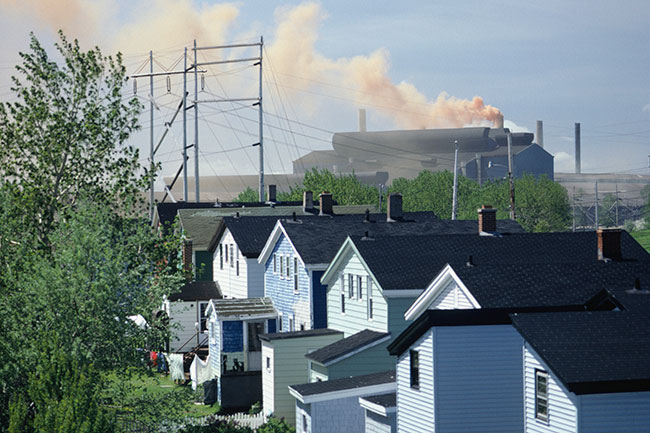Odor Investigations
Here, we’ve gathered a useful collection of facts, guides, and information for government agencies and industries. This includes information on how to
- conduct an odor complaint investigation,
- identify a nuisance odor,
- determine typical odor onset levels (thresholds).

Environmental odor complaints are typically handled at the county or local level. It is easier to investigate complaints if you use an organized approach. We provide here a method for community members to investigate environmental odors and share that information with their local authorities. This approach not only provides suggestions on gathering information, but also offers a process to characterize the odor offensiveness using frequency, duration, and intensity of the odor.
Nuisance Odors: Frequency, Intensity, Duration, and Offensiveness (FIDO)
Community Member Assessment of Environmental Odors Factsheet Cdc-pdf[PDF – 464KB]

The odor detection threshold is the lowest concentration that humans can smell.
The odor recognition threshold is the concentration at which you can identify an odor.
At a given concentration, one person may smell and recognize the odor, while another person may barely notice it. Individuals may also respond differently to the same odor. Since methods to define and determine odor onset levels (thresholds) vary greatly, many substances have a wide range of reported odor onset levels (thresholds).